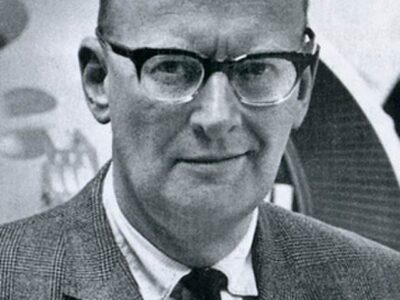Increasing bus ridership by making it cheaper
Jonathan presents an interesting idea for stimulating bus ridership in Los Angeles among “choice” riders (aka affluent commuters who could drive if they wanted to). For years, San Franciscans have enjoyed real-time data on bus and train arrivals (via nextmuni.com). It makes a huge difference when trying to catch a bus by minimizing unpleasant wait times, and anything you can do to make public transit faster will attract more choice riders. For some reason, the Los Angeles bus system has been slow to adopt this GPS-enabled feature, although supposedly the MTA is working on it. In the meantime, there are some bus and rail schedule apps for your iPhone.
But if you really want to increase public transit ridership, the simple answer is to lower fares. Tom Rubin, the anti-rail activist who helped the Bus Riders Union in their suit against MTA rail plans in the 1990s, compiled fascinating data on ridership and fares. His research shows that ridership peaked in 1985, the final year of a sales-tax supported subsidy that lowered bus fares across Los Angeles County. As soon as fares went back up, ridership dropped, in a perfect upside down “V” formation. Notes Rubin in a 2008 Los Angeles Times op-ed:
Although we’ve now gotten back to 1985 levels in terms of public-transit use, the county population has grown by more than 2 million since then. That means, on a trip-per-capita basis, the transit system is still not performing — by 20% — as well as it did 22 years ago.
Good luck in this day and age trying to find more money for low-income bus riders. But the answer is there, and the benefits go to everyone, from less traffic, pollution, and economic burdens on the poor.
Reader Comments
2 Replies to “Increasing bus ridership by making it cheaper”
Comments are closed.






Isn’t the obvious solution is to create bus-only lanes on major arterials?
The Carter Administration plans for transit in Los Angeles involved just that, although primarily focused on bus-only lanes on the freeways. Bus-only lanes are a cheap way of making transit faster, which would attract more choice riders. But as you probably know, they engender fierce opposition from merchants along those streets, and the buses still get stuck in red lights and backed up intersections, even with signal priority. In the short term though, it should be a priority solution.